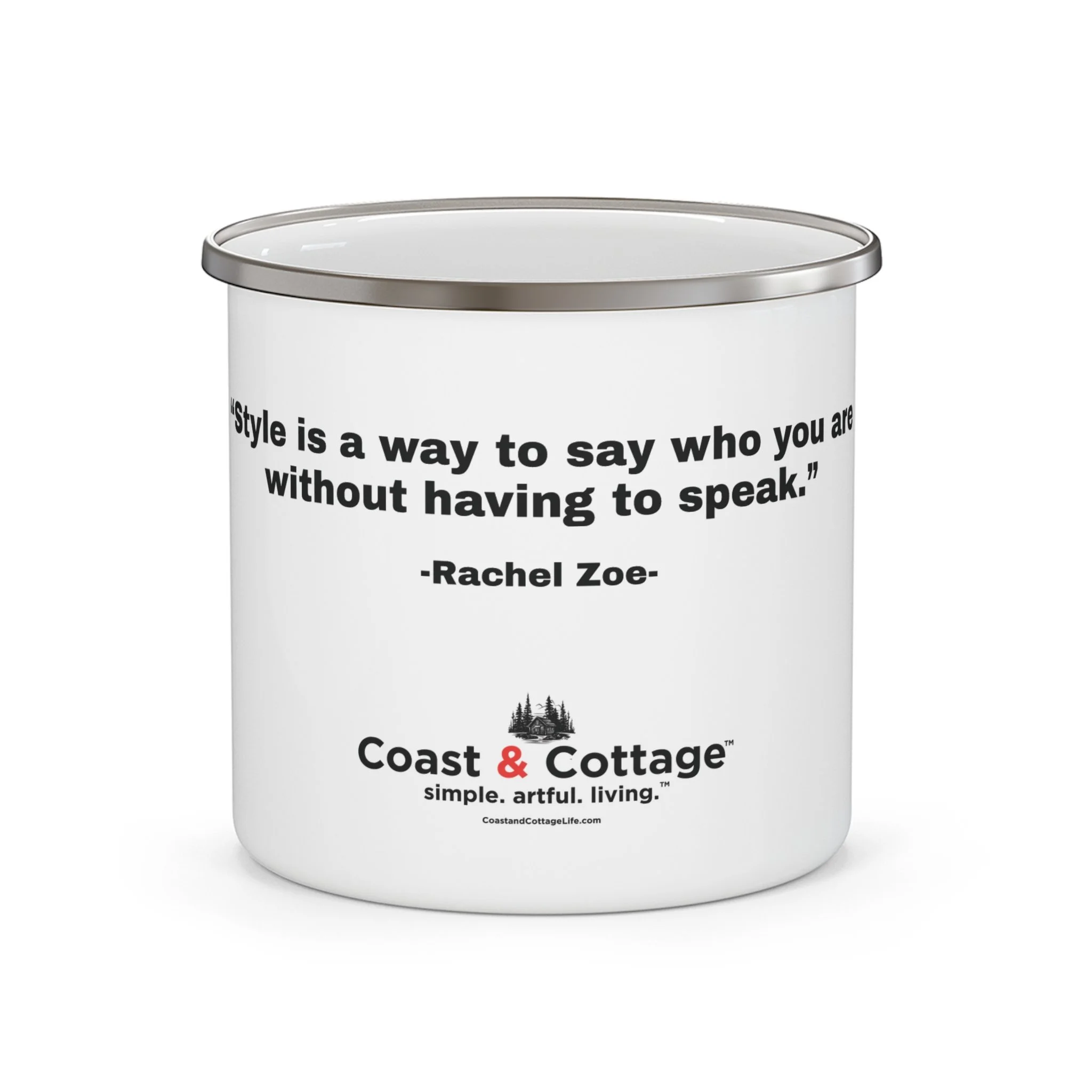Hudson’s Bay Point Blanket
A 355-Year-Old Company That Once Owned One-Third of Canada Is Shutting Down
Bargain hunters picked over what was left at the Hudson’s Bay Company’s remaining stores, part of a vast empire that was North America’s oldest company. Read Article.
The Hudson's Bay blanket is an iconic textile with a history deeply intertwined with the colonial fur trade, Indigenous economies, and British imperial expansion. Its distinctive multi-stripe design and durable wool construction have made it a symbol of Canadian heritage, though its origins and legacy are complex.
The History of the Hudson’s Bay Blanket
The Hudson’s Bay blanket is one of the most enduring symbols of the fur trade and British colonial enterprise in North America. Known for its distinctive multi-colored stripes and durable wool construction, it has been both a practical trade good and a cultural icon for over two centuries.
Hudson’s Bay Point
The Blanket: An Illustrated History of the Hudson's Bay Point Blanket.
Origins in the Fur Trade
The Hudson’s Bay Company (HBC) was established in 1670 by royal charter under King Charles II, primarily to control and profit from the lucrative fur trade in North America. By the late 18th century, the company began trading English-manufactured wool blankets in exchange for beaver pelts and other animal furs with Indigenous communities.
The earliest record of the Hudson’s Bay point blanket dates to 1779. These blankets were produced in Witney, Oxfordshire, England, a town renowned for its high-quality woolen goods. The blankets were designed to withstand harsh northern climates, making them a desirable commodity for both Indigenous trappers and European settlers.
Jessica via Flickr // CC BY-NC-ND 2.0 | Jessica via Flickr // CC BY-NC-ND 2.0
The “Point” System
The term “point blanket” comes from the small black lines or “points” woven into the edge of each blanket. These points indicated the size and value of the blanket, which was useful in trade—particularly since many traders and customers could not read numerals. Contrary to some myths, the points did not represent the number of beaver pelts required for trade.
The Iconic Stripe Pattern
The most recognized version of the Hudson’s Bay blanket features a bold striped pattern in green, red, yellow, and indigo on a white background. This multi-stripe design appeared around 1800 and became synonymous with the company.
The significance of the colors is not definitively known. Some believe they reference the regimental colors of British military units, while others argue they were chosen for their vivid visibility and appeal in the marketplace.
Photos from DCW Design. Read & See More.







